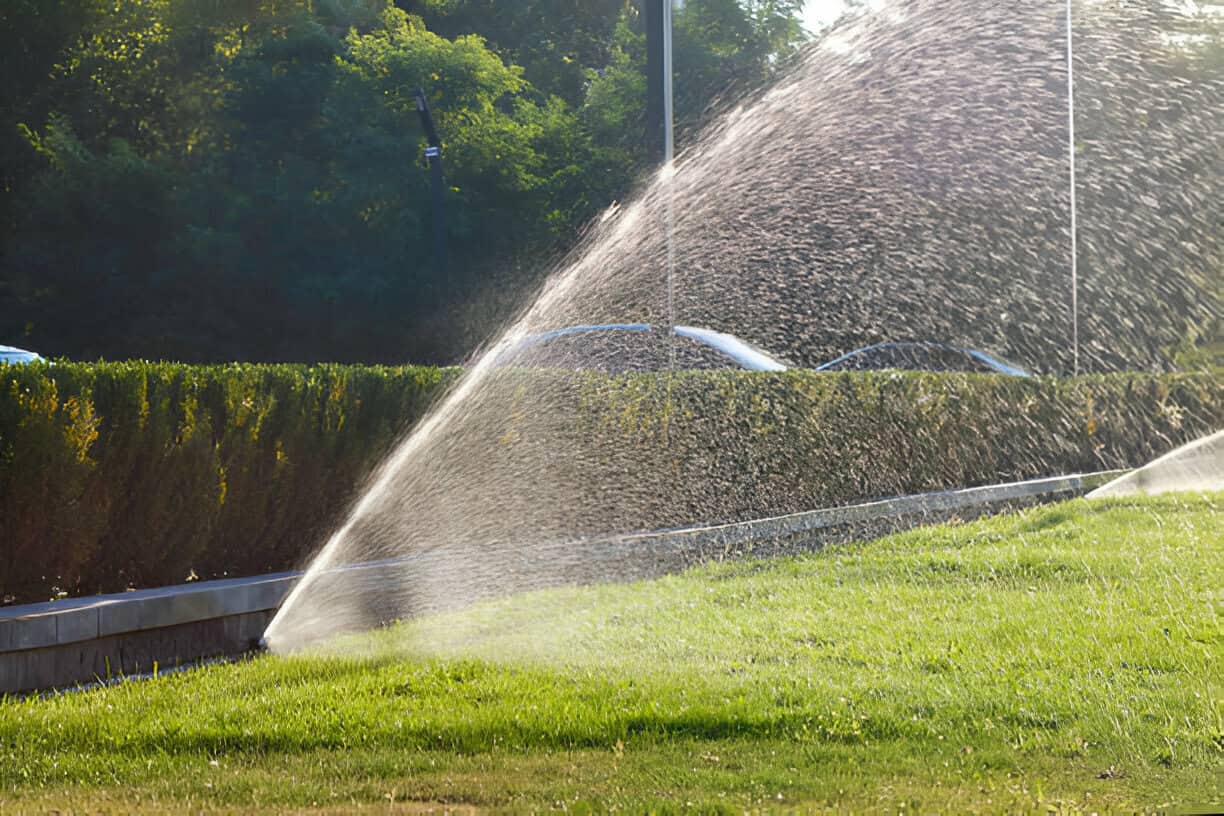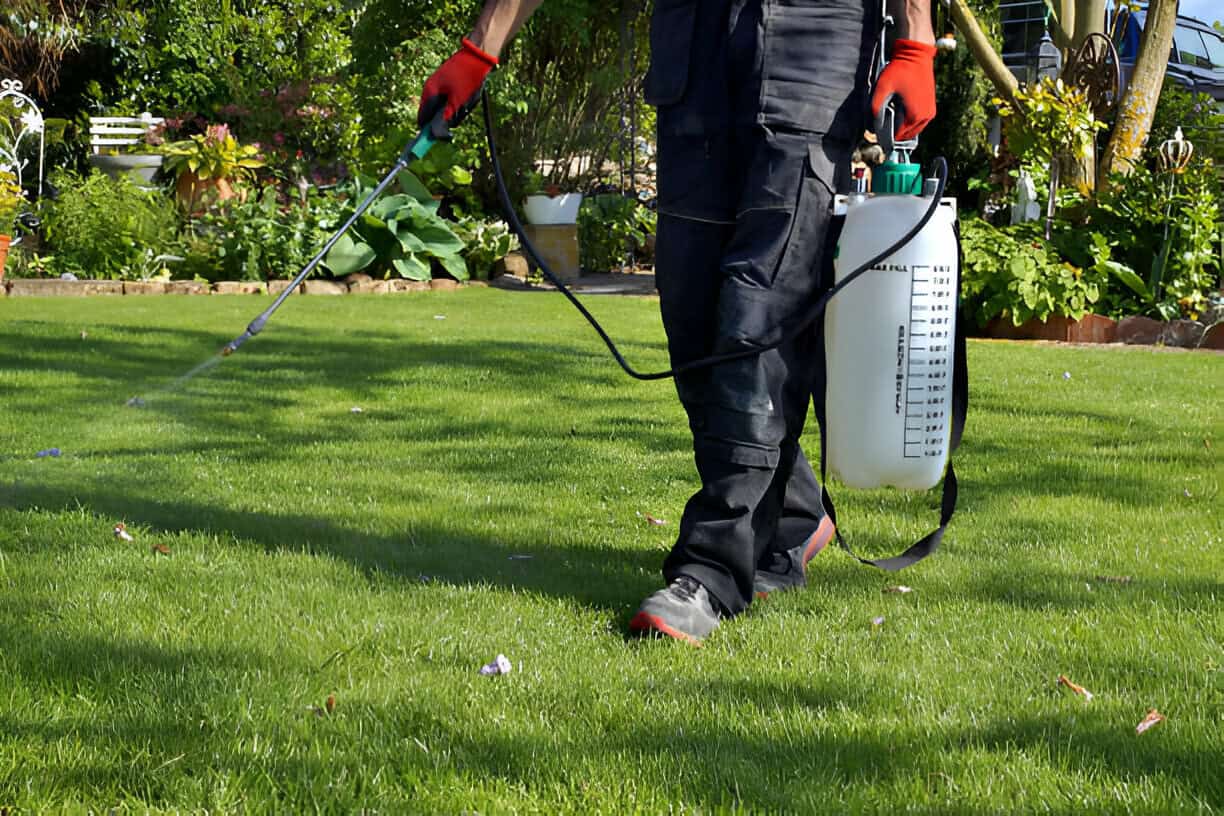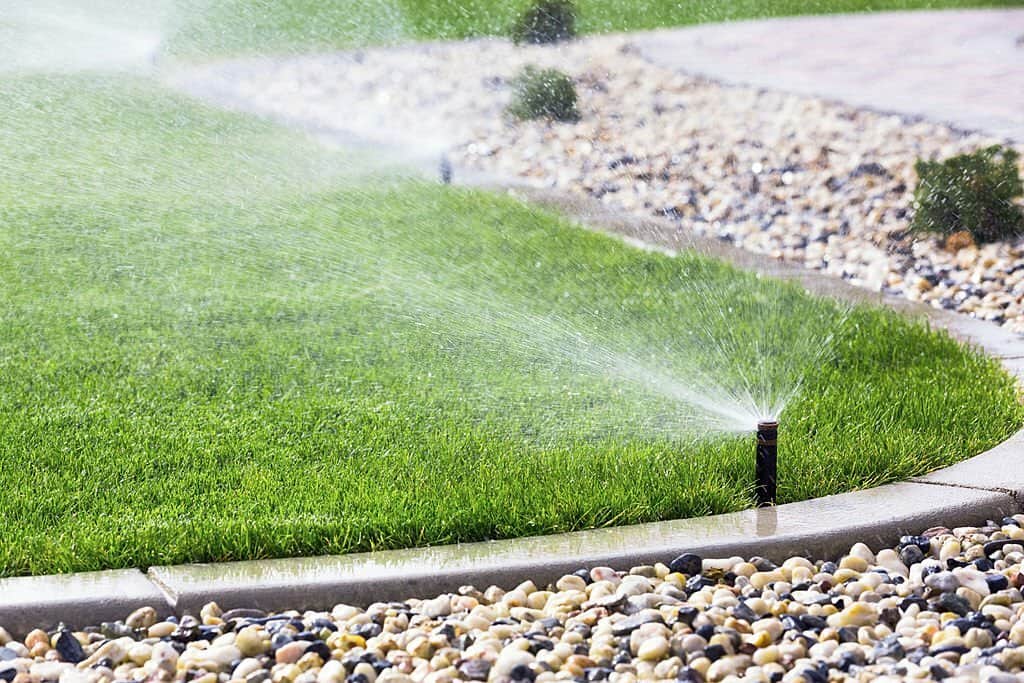Many species of insects or mites, unfortunately, find our climate quite favorable and attack Little Rock landscape plants. You’ll find three main categories of garden pests: Chewing pests, boring pests, and sucking pests. Today, I’m going to talk about sucking pests. These insects cause damage by removing sap from plant tissues. Symptoms of infestation include wilting of plant tissues, stunting, curling or distortion of new growth, or a sticky substance or black fungal growth on the upper leaf surface. Two insects in particular that frustrate central Arkansas homeowners are whiteflies (Trialeurodes vaporariorum [greenhouse whitefly] and Bemisia tabaci [silverleaf whitefly] are the most common), and lace bugs (Stephanitis pyrioides).

When working in your garden or yard, you may have disturbed a shrub, sending a cloud of tiny winged insects into the air. These are the whiteflies, and they’re related to aphids and mealybugs. Whitefly adults resemble small gnats. They range in size from 1/10- to 1/16-inch and have four broad, delicate, milk-white wings. The immature whiteflies are attached to the underside of leaves and resemble scale insects. They are oval, flattened and yellow to almost transparent. They typically hang out on the undersides of leaves and suck the sap out of them, leaving behind a sticky residue known as honeydew. This honeydew can be a welcoming environment for fungus. These tiny pests are capable of overwintering and reproducing throughout the year in warmer climates like Arkansas’s.

Lace bugs get their name from the appearance of the area behind their head and wing covers. The area forms a lace-like covering over the body of the insect. They are 1/8- to 1/4-inch in length and are partially transparent. Lace bug are particularly drawn to azaleas and other members of the rhododendron family, but they will infest other plants. The damage they inflict appears on the upper leaf surface as white to yellow chlorotic spots. The lower leaf surfaces will be cluttered with black spots and the old cast skins of immature lace bugs. Beginning your pest control in the spring between March and May will reduce problems later in the season.
How to control an infestation
If your plants are already infested with these pests, you can try one of two methods for getting rid of them. The first is chemical control and the other is organic control. Chemical control involves using insecticidal soaps (some of which are organic) or most off-the-shelf insecticides to effectively kill these tenacious bugs. For organic control of these insects, you can try several methods. The first method to try is to spray the plant down with a sprayer on the hose. This can knock the pests of the plant and disorient them enough to prevent re-infestation. You can also try spraying the plants with neem oil or white oil.
Your Little Rock Landscape Experts
If you decide you don’t want to mess with these pests, give the pros at Little Rock Lawns a call! We’ll do the dirty work to maintain and improve your home’s exterior beauty with a full range of professional lawn services, including pest control. Contact us now for a free consultation!








